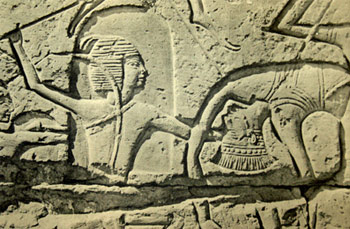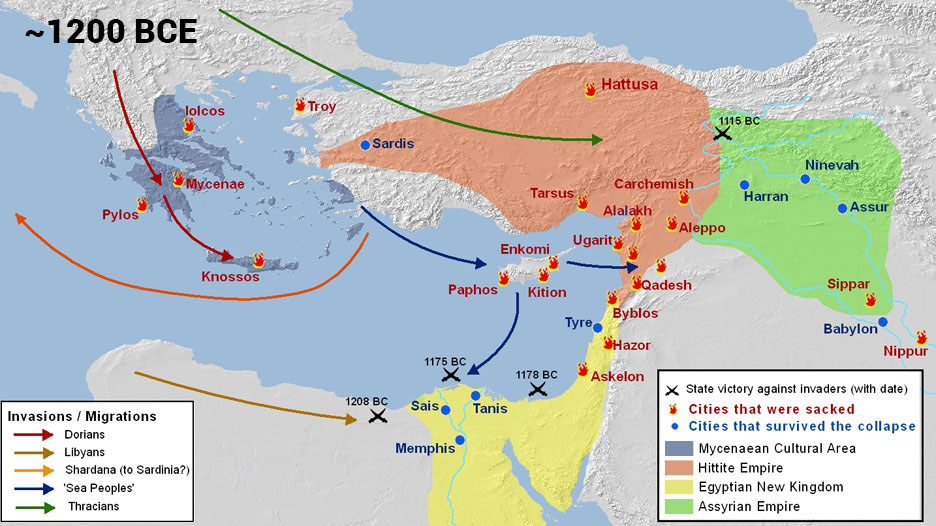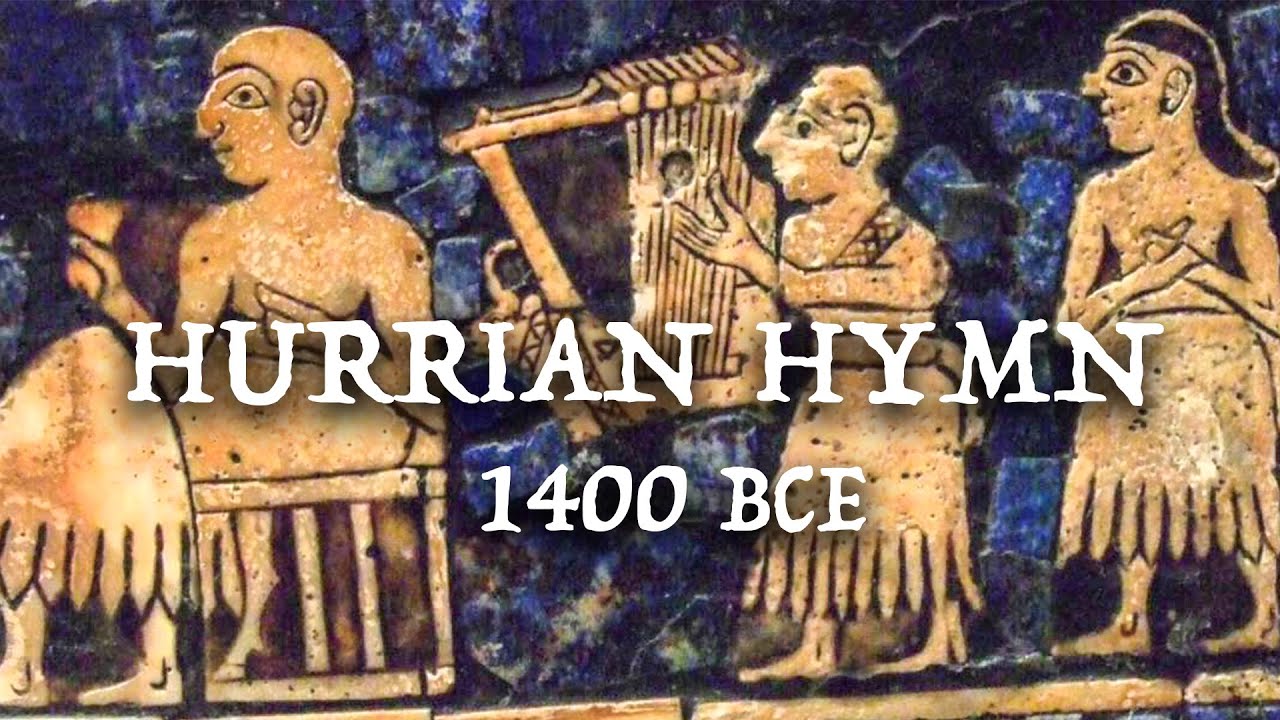
The Bronze Age Collapse:
The Dark Ages
After nearly two thousand years of growth and prosperity, (ca 3000–1200 BCE) the civilizations in the Aegean, Egypt, and the Near East unraveled. What happened?
It was not the collapse of a single empire or a single civilization like the Roman, the Mayan, or the Mongol, but a vast globalized world system of multiple civilizations, from Greece and Italy in the west, to Egypt, Canaan, and Mesopotamia in the east. It included large empires and small kingdoms, all of which fell like a stack of dominoes, down to a final collapse within about one hundred years, between 1225 BCE and 1175–1130 BCE.
The historian Robert Drews describes this period as “the worst disaster in ancient history, even more calamitous than the collapse of the Western Roman Empire.” Over the last fifty years Drews, Nancy Sandars and other historians have come up with theories pointing to one primary factor or another. In his book The End of the Bronze Age: Changes in Warfare and the Catastrophe Ca. 1200 B.C., Drews wrote that barbarian fighters, including the Sea Peoples, motivated by other elements of the Catastrophe such as drought, brought about the final collapse:
“…the Catastrophe came about when men in ‘barbarian’ lands awoke to the truth that had been with them for some time: the chariot-based forces on which the Great Kingdoms relied could be overwhelmed by swarming infantries, the infantrymen being equipped with javelins, long swords, and a few essential pieces of defensive armor… found it within their means to assault, plunder, and raze the richest palaces and cities on the horizon, and this they proceeded to do.”
Unlike charioteers, they were able to approach target palaces and cities through any sort of terrain; burning, killing and pillaging, they committed general mayhem throughout the region. Historian Nancy Sandars felt the cause was the Sea People, though, as Cline points out, in her final edition of a book of the same name, she does say that: “many explanations have been tried and few have stood. Unparalleled series of earthquakes, widespread crop-failures and famine, massive invasion from the steppe, the Danube, the desert—all may have played some part; but they are not enough.”
Climate change, plague, drought, invasions and internal strife have all been factors discussed. But as scholars have pointed out, earthquakes, crop failures, political instability and even invasions were not that unusual in the region, and yet within less than one hundred years the states and empires in the area seem all to have disintegrated, or severely diminished. Those who lived in the old core river valley areas of the great cities of Egypt and Babylon got through this terrible time because they had the population, resources and institutions to emerge into the Iron Age and still maintain their traditional monarchies. But in Asia Minor, the Levant and particularly in the Greek Kingdoms, where civilizations were more remote, they suffered a much greater, decisive collapse.

Earthquake Storms
We know from recent research by archaeoseismologists that Greece, as well as much of the rest of the Aegean and Eastern Mediterranean, including Ugarit, was struck by what are known as “earthquake storms”—a series of earthquakes that began about 1225 BCE and continued over fifty years, until about 1175 BCE. Although there is evidence of repetitive rebuilding, the damage caused likely disrupted trade and diplomacy temporarily at least.
Climate Change, Drought, Crop Failure and Famine
There is evidence for drought and unprecedented famine during the last years of the thirteenth and the early decades of the twelfth century BCE that appears to have affected the entire region. We know that the Early Iron Age was definitely more arid that the preceding Bronze Age. Analysis of pollen from coastal regions of Syria and Cyprus, oxygen-isotope data from mineral deposits in Israel, stable carbon isotope data in pollen cores from Lake Voulkaria in western Greece, and sediment cores from the Mediterranean, show that there was a drop in surface temperature, all of which indicate the onset of a drought 3,200 years ago that may well have lasted about 300 years. This change in climate would obviously would have caused crop failures, famine, and human migrations. Scarcity of resources would have caused problems including violence at home and overseas. Texts and evidence suggest that Ugarit finally fell because of outside invaders, but it was obviously severely weakened by famine. Voices from last Ugaritic letters bear this out: “There is famine in our house. We will all die of hunger.” “Our city is sacked. May you know it! May you know it!”
Internal Conflicts
The destruction of Mycenaean palatial centers or Canaanite cities, for example, may well in part have been perpetrated by mutinous foot soldiers and other local inhabitants as these top-down civilizations weakened. But it’s not likely that the conflict came entirely from people already living inside these states. In any case, as Cline points out, “many civilizations have successfully survived internal rebellions, often even flourishing under a new regime.”
International Conflicts and Wars

We know from the surviving writings, some of which we’ve mentioned already, that conflicts came and went, treaties were created and broken, economic embargoes enforced, and diplomatic relationships destroyed or created; that wars were fought, won and lost, causing continuous movement within the globalized economy of the Late Bronze Age. The Hittite Empire flourished and reached its apex during the Late Bronze Age—beginning in the fifteenth century and lasting until the early decades of the twelfth century BCE. The Mitannians were weakened by the Hittites and finally destroyed by the Assyrians, who by 1207 BCE had played an important role in the region for two hundred years. In the last quarter of the thirteenth century, the Assyrians extended their empire westward, annexing much of the Hittite empire, and initiating its decline.
The Sea Peoples and Pirates; Refugees and Other Migrating Communities
For a long time the demise of the Bronze Age civilizations was thought to have been the result of invasions by the “Sea Peoples,” a term coined by the French Egyptologist Emanuel de Rougé in 1885 to describe what is now thought to have been diverse groups of raiders, soldiers, mercenaries and refugees from different countries and cultures.
We know of them almost entirely from Egyptian records; they left no trace of their own. Egyptian texts refer to them by their various names. The Tjekker, Shardana, Shekelesh, Danuna, and Weshesh, the Peleset – thought to be the Philistines, later identified in the Bible as coming from Crete – are all mentioned on the mortuary temple walls at Medinet Habu dated 1177 BCE, the eighth year of Pharaoh Ramses III’s reign. Invaders are recorded as coming “in waves by sea and land.” Hittites, Mycenaeans, Cypriots and others were invaded as “They desolated its people, and its land was like that which has never come into being.”
These groups became larger as their piracy, raids, and waves of attacks included migrations from mainland Greece and the Aegean, modern Libya and Cyprus, Lebanon and Asia Minor. People were forced to uproot because of famine or the destruction of their own homeland; others may well have encountered chaos as they entered and took advantage of dominions already in decline; still others would already be resettled with their families and themselves have suffered from later invasions.
Although we learn from Medinet Habu that these “Sea People” were destroyed by the Egyptians, as they were in previous invasions, this time Egypt never quite recovered, probably because the entire Mediterranean region was floundering. For the rest of the second millennium BCE, Egypt’s power was much reduced.
Sickness Epidemics
Recent DNA evidence from Bronze Age human skeletons show early signs of the bacterium that causes plague. Geneticists think a pandemic of pneumonic plague may well explain the sudden massive migration east and west of the Yamnaya peoples from the steppes into Europe and Central Asia. There are records of plague, traveling with prisoners of war from Egypt to the Hittite region in central Anatolia, and causing the death of Suppiluliuma I in the fourteenth century BCE. Ramses V may have died from smallpox in 1140 BCE.
External Stories and Videos


The Oldest (Known) Song of All Time
The Hurrian Hymn is history’s oldest known song. It’s the earliest written song that can be reconstructed.
